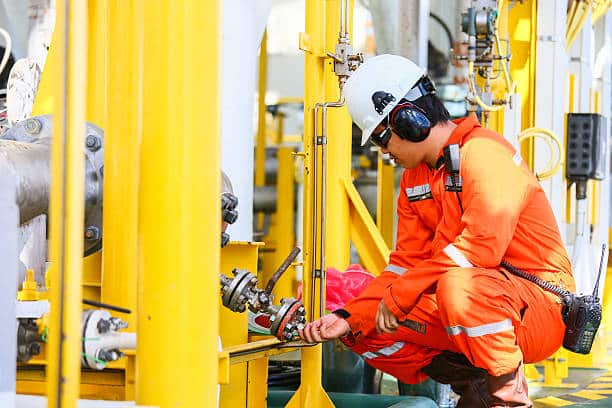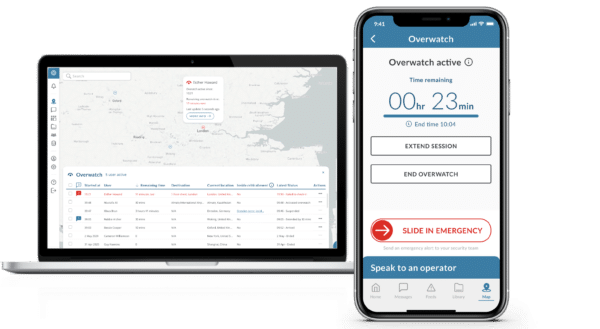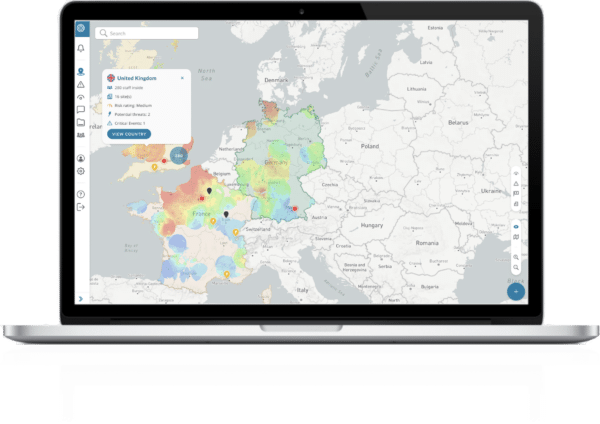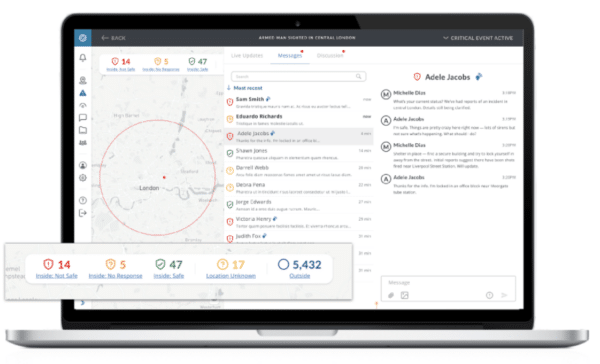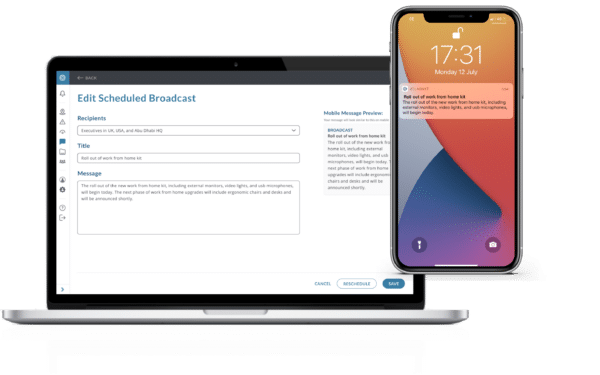The Oil & Gas industry is a volatile one, inundated by a number of risks and regulations which range from worker safety to environmental concerns. In such a high-cost and profitable industry, all risks carry elevated costs and pricy fines.
Safety managers on the average petrochemical site are beset with multiple challenges on a daily basis. The insidious nature of the hazards presented by many chemicals makes them more challenging because the increased danger of “risk tolerance” must be recognised and managed. Organizations should do anything to ensure protection for workers, as this is not only related to the health of the workers but it also affects the business’ health. Source
This blog considers some of those challenges and gives suggestions on how to improve the risk management process within this volatile industry.
Working in remote areas
With the rapid growth of Oil prices in the last weeks, many shuttered rigs are going to be opened again causing more remote workers to drive hundreds of miles weekly on back roads in rural areas to work on compressor stations, pipelines, and pump jacks. It is a fact of life for thousands of workers in the oil and gas industry. Source
Organisations in the Oil & Gas industry find it difficult to monitor these employees’ safety, contact them as soon as possible risks emerge and take appropriate action in case of an actual emergency. The risks faced by these workers range from fatigued drivers, loss of communication with supervisors and head office, or unexpected illness, vehicle breakdowns and accidents at locations where assistance is not immediately available. Source
Organisations should equip those working alone with lone worker safety tools that ensure the user can raise an alert or get in touch with relevant people should an incident occur. These devices will also allow organisations to track the driver’s whereabouts while they are on the road.
AtlasNXT Overwatch feature
Our new duty of care platform, AtlasNXT, is the location-intelligence platform built on privacy-first principles, helping business leaders manage the location and safety of your people and assets, even when that information isn’t being shared with the organisation.
During our last webinar “Solving Operational Risk, Safety and Communications Challenges for the Oil & Gas Industry” we discovered that 85% of Oil & Gas professionals identified Lone Worker Monitoring as a current challenge they are looking to address. The AtlasNXT Overwatch feature has been developed to enable organisations to fulfil a duty of care to mobile employees when they feel vulnerable or threatened.
Lone workers are able to start an overwatch session at any time, prompting operators to take a more active role in managing their live situation. Users have the control over the Overwatch session duration, and can extend or end the session at any time. Operators will have full oversight of all users that have initiated an overwatch session and can start a 1-2-1 chat session when required.
With Overwatch, your organisation will be able to immediately assist lone workers as soon as they feel they are approaching a risk or don’t feel safe.
Site/Country Evacuation Management
An emergency response plan is a set of procedures any organisation in the Oil & Gas industry has to prepare to know exactly what to do in the case of an emergency. An Oil & Gas emergency response plan should account for all potential dangers at a facility and specify how the facility will respond to each one. Any hazard that could affect your institution, from fires to severe weather emergencies, should be addressed in this emergency response plan. Source
When it comes to managing emergencies and drafting your emergency response plan, you’ll have to properly identify potential risks, threats and hazards. This means that as an organisation, according to OSHA, you’ll have to be ready in case of vehicle collisions, explosions and fires, weather emergencies or machine hazards. Source
When it comes to identifying potential risks within a site or country your workers may be travelling to, AtlasNXT allows you to properly assess risks in dynamic threat environments including defining alert levels, threat identification and probability evaluation.
AtlasNXT – Data Feeds
AtlasNXT Data Feeds allow your organisation to anticipate and manage risks to your people and operations through the use of curated real-time information feeds, tailored to your organisation’s risk profile. Safety managers will be able to connect any relevant data feed to the platform, such as weather events, travel information or pandemic data.
This feature, aligned with AtlasNXT Dashboard, will enable you to view incident trends across a customisable timeline providing a more informed view of the changing operational landscape.
We know that even after monitoring risks and drafting a proper emergency response plan, your safety managers still have work to do. When an emergency occurs, your safety department will have to communicate with workers and help them evacuate a site or a country. Ultimately, the goal is to minimise incidents as much as possible and make sure employees can operate on location in the safest way possible.
The Critical Event Management function enables you to create and manage critical events on a live map, and be immediately informed of the number of your people impacted within a defined radius.
But what happens after monitoring the live map, once you know exactly how many employees are impacted by the incident? You’ll now need to communicate with your employees and make sure your emergency plan is followed by everyone and that there are no other complications.
AtlasNXT’s Broadcast Communications feature enables Operations and HR leaders to communicate relevant messages to dynamic groups of users situated within a chosen location; countries, sites or buildings..
Users within these defined locations receive a push notification message directly to their devices.
Takeaways
We know the Oil & Gas Industry is full of challenges and risks. It has the most stringent health and safety policies of all sectors – that’s why implementing an emergency plan and continuously monitoring employees safety is crucial. At Track24 we have always built platforms to keep your people safe and helped many organisations save lives. We believe that the first few minutes of an emergency are crucial, and measures made during this time are crucial in saving lives. The first concern in any situation is always life safety. The second priority in an incident is to stabilise the situation, followed by minimising future damage and disturbance to the organisation.
This is why we have developed AtlasNXT, to empower organisations to be always there for their employees as soon as an emergency occurs. We want you to be able to anticipate, manage and mitigate risk, as well as to be there for your employees in the very first few minutes of an emergency.
Visit our website to discover more about AtlasNXT.
